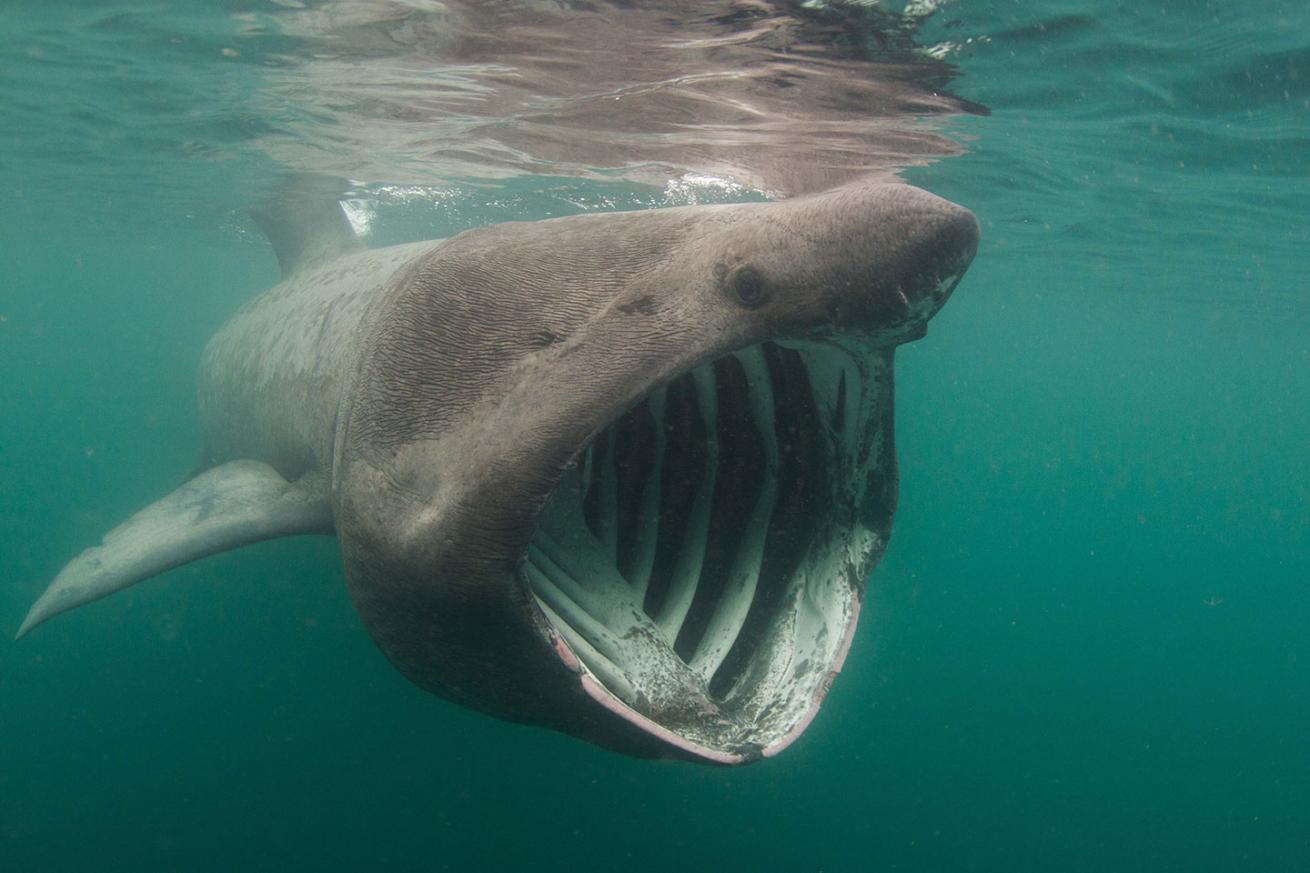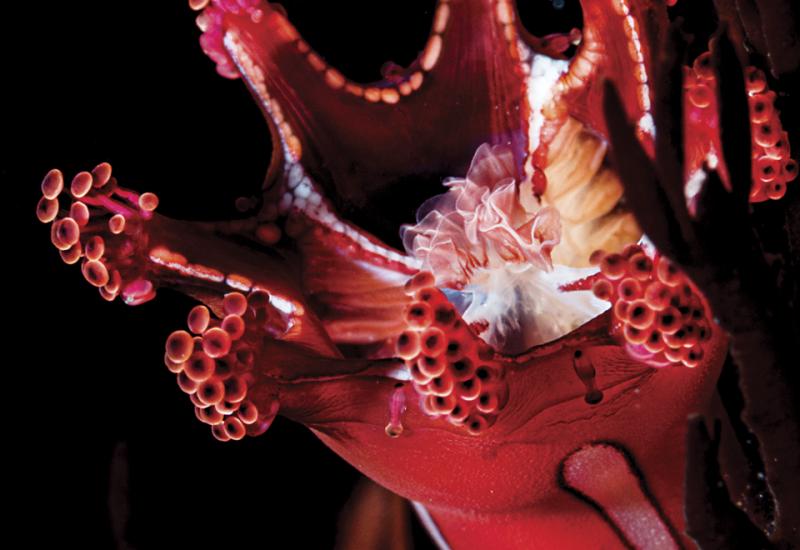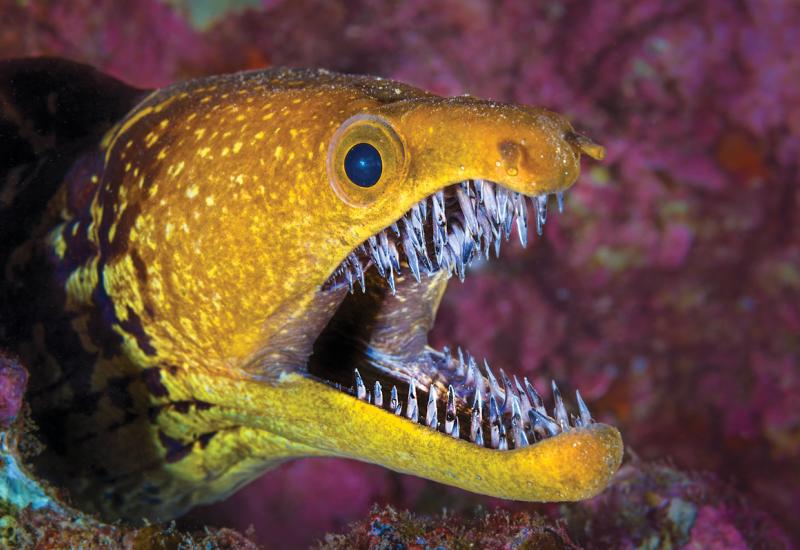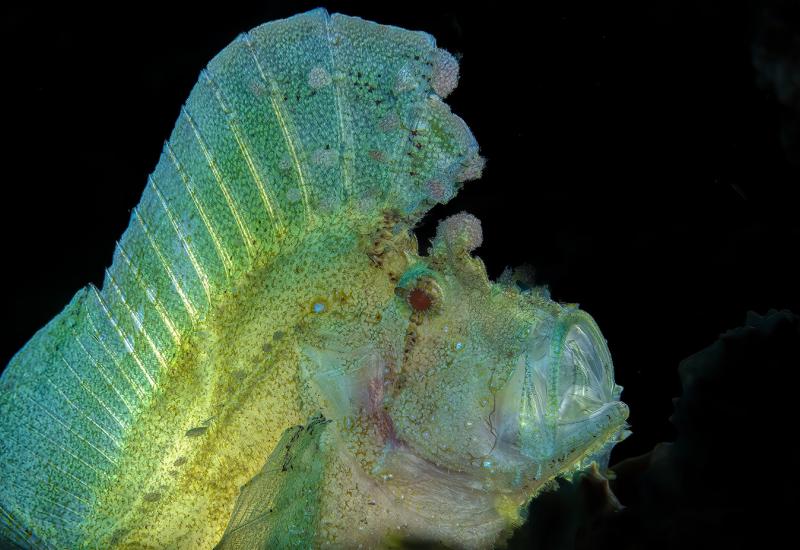Fun Facts about Basking Sharks

ShutterstockThe most impressive feature of the basking shark is its mouth, which opens up to 3 feet wide.
The basking shark (Cetorhinus maximus) is the second-largest fish in the ocean, after the whale shark (Rhincodon typus). It’s common name derives from its habit of feeding at the surface, appearing to be basking in the warmer water there. That’s not the only interesting information about the basking shark: It has anatomical adaptations for filter feeding, such as a greatly enlarged mouth and highly developed gill rakers. They weigh between 6,600 and 13,000 pounds. Here are more fun facts about this slow-moving filter-feeder.
1. How Big is a Basking shark?
The maximum size of a basking shark is believed to be at least 32 feet long. The average length of an adult basking shark is between 20 and 26 feet. Are you also wondering how much basking sharks weigh? Research indicates they can weigh between 6,600 and 13,000 pounds.
2. What Do Basking Sharks Eat?
Believe it or not, basking sharks do have small teeth - hundreds of them. However, they do not use them when feeding. Instead, basking sharks swim with their mouths open and catch plankton as their primary diet and source of food. It is one of three plankton-eating sharks along with the whale shark and megamouth shark. A common question is whether basking sharks can close their mouths, and the answer is yes. They have to in order to filter out excess water through their gills.
3. Are Basking Sharks Dangerous?
Despite their large size and threatening appearance, basking sharks are not aggressive and are harmless to divers and snorkelers, just like whale sharks. And though they are large and slow, these sharks can breach, jumping entirely out of the water.
4. Where Do Basking Sharks Live?
The basking shark inhabits all oceans of the world, but it prefers the subpolar seas, and in general, cold and temperate waters of the continental shelves, though a recent study discovered that they do migrate to warmer waters.
5. When is Mating Season?
Little is known about basking sharks’ mating and reproduction. Mating is thought to occur in early summer with pups being born in late summer. Gestation is thought to span at least a year and possibly as long as two to three years. It’s unknown how many pups a female basking shark carries; one pregnant female that was caught was carrying six unborn young. The basking shark gives birth only once every two to four years and its life expectancy is 50 years.
6. Do Basking Sharks Prefer to Swim Alone?
It is considered a relatively social shark, with schools generally divided by sex. Sometimes, they can form schools of up to 100 individuals.
7. Are They Approachable?
Basking sharks are often noticeably scarred, possibly due to encounters with lampreys or cookiecutter sharks.
8. Are Basking Sharks at Risk?
The IUCN Red List indicates the basking shark is a Vulnerable species. It is a fully protected species in the UK, Malta, New Zealand Florida and U.S. Gulf coast.










